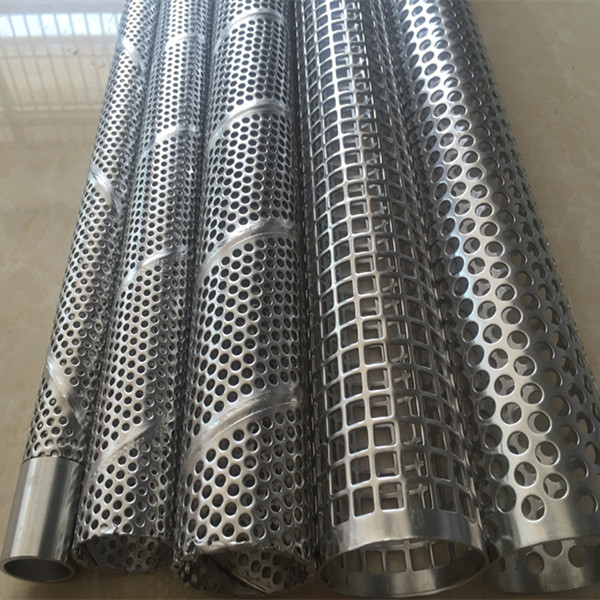**American Mallards: Rearing and Management**
Wild ducks, commonly known as mallards, are a popular choice for farming due to their hardy nature and high productivity. Most of the domesticated mallards in China were originally introduced from the United States. These birds offer lean meat with a strong flavor, low fat content, and minimal gamey odor. They are highly adaptable, have a broad appetite, and can thrive on rough feeding conditions with a low incidence of disease, making them an ideal option for small-scale or diversified farming operations.
Male mallards are easily recognized by their green head and neck, a white collar around the neck, and brown and gray body feathers, while females are smaller in size, typically weighing between 2 to 2.2 pounds. They mature quickly, with males reaching sexual maturity at around 130–150 days and females at 150–160 days. A typical breeding ratio is 1 male to 5–8 females, and they can lay between 120 to 200 eggs per year, with each egg weighing approximately 55–60 grams. The fertilization rate is usually between 85% and 90%, and incubation lasts about 27–28 days. During this period, it's important to regulate temperature carefully—cooling the eggs when necessary and ensuring proper ventilation and rotation.
For young ducklings, brooding is crucial. Newly hatched ducklings weighing 32–40 grams should be moved to a clean, dry brooding area with proper insulation. Litter should be placed on the floor, and heat sources like infrared lamps or heat lamps should be used to maintain the right temperature. As the ducklings grow, the temperature should gradually decrease. Observing their behavior is key to determining if the environment is comfortable. Ducklings that huddle together may be too cold, while those that spread out may be too warm.
Feeding should start with a light potassium permanganate solution, followed by high-quality starter feed. Water should always be available, and feeding should be done in small, frequent amounts. By day 3, feed can be placed in troughs. Young ducks need more protein and energy during their early growth stages, but as they mature, the diet should be adjusted to include more bran and green feed to support molting and overall health.
During the commercial phase, ducks raised for slaughter are typically ready for market at 55–70 days old. Proper management includes keeping the living area clean, providing fresh feed, and adjusting the diet based on the duck’s age. After 55 days, high-energy feed is essential to promote rapid weight gain.
For breeding ducks, it's important to maintain a balanced diet and provide adequate lighting (around 16 hours per day) to stimulate egg production. Nesting areas should be provided, and the environment should remain dry and free from stressors. Regular vaccinations and hygiene practices are also vital to prevent diseases such as duck viral hepatitis, fowl cholera, and others.
A well-structured feed formula is essential for different growth stages. For example, during the caging period, a mix of corn, bran, soybean meal, fishmeal, and minerals supports healthy development. Adjustments are made for growing and laying periods to meet specific nutritional needs.
Disease prevention is a critical aspect of duck farming. Moldy feed, poor sanitation, and improper temperature control can lead to health issues. Regular cleaning, disinfection, and the use of antibiotics or sulfonamides can help manage common problems like diarrhea or respiratory infections.
By following these guidelines, farmers can successfully raise American mallards, ensuring both productivity and animal welfare. With proper care and management, wild ducks can become a profitable and sustainable part of any agricultural enterprise.
Filter Cartridge
Filter Cartridge
Filter cartridge including : air Filter Cartridge, oil Filter Cartridge, PP Filter Cartridge, string wound Filter Cartridge, stainless steel Filter Cartridge, corrugated Filter Cartridge, spraying Filter Cartridge.
The Filter Cartridge be widely used in vacuum coating, mechanical engineering, CD, metallurgy, petroleum, chemical industry, paper making, food, medicine, electronics, electricity, ceramics, water diversion, printing and dyeing, sugar making .
The advantages of Filter Cartridge :
suitable for filtering strong acid, strong alkali and organic solvents
the area of membrane filtration is large
low diferential pressure, long service life
purifying the air
reduce the noise
save fuel


Filter Cartridge Tube,Water Filter Cartridges,Sediment Filter Cartridge,Iron Water Filter Cartridge
ANPING COUNTY SHANGCHEN WIREMESH PRODUCTS CO.,LTD , https://www.scwiremesh.com

